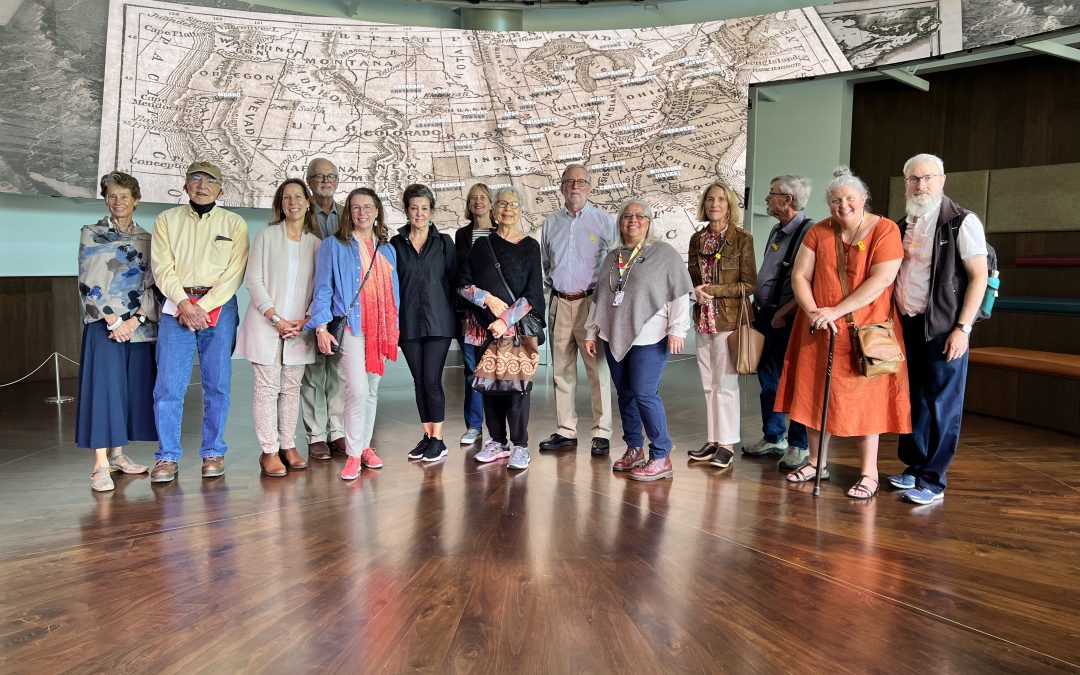

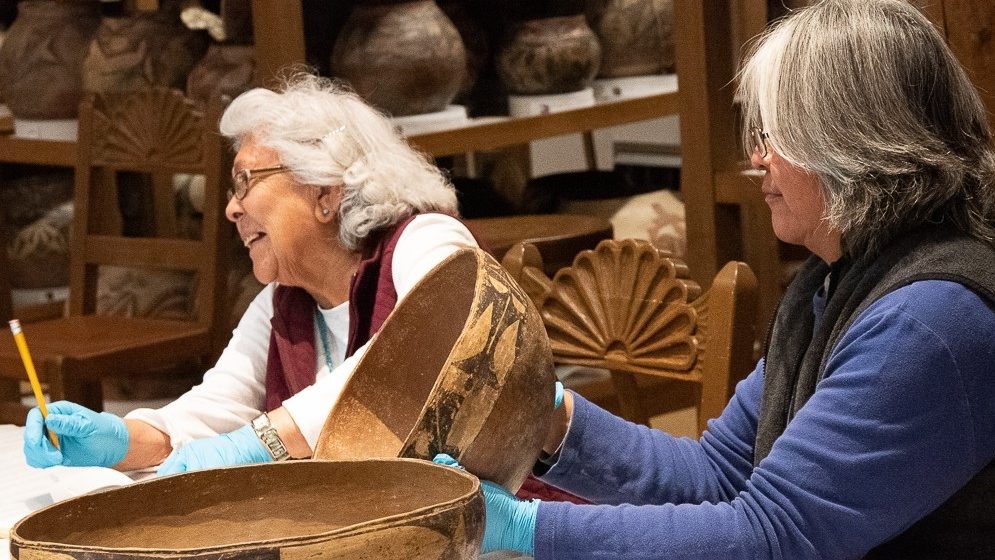
Guidelines for Collaboration: Museums and Communities Seeking Equitable Change
Museums are evolving. In a cultural moment in which institutions are called toward self-reflection, inclusivity, and accountability, the question remains: what does collaboration mean for museum and community, institution and individual? How can ethical action drive our work?
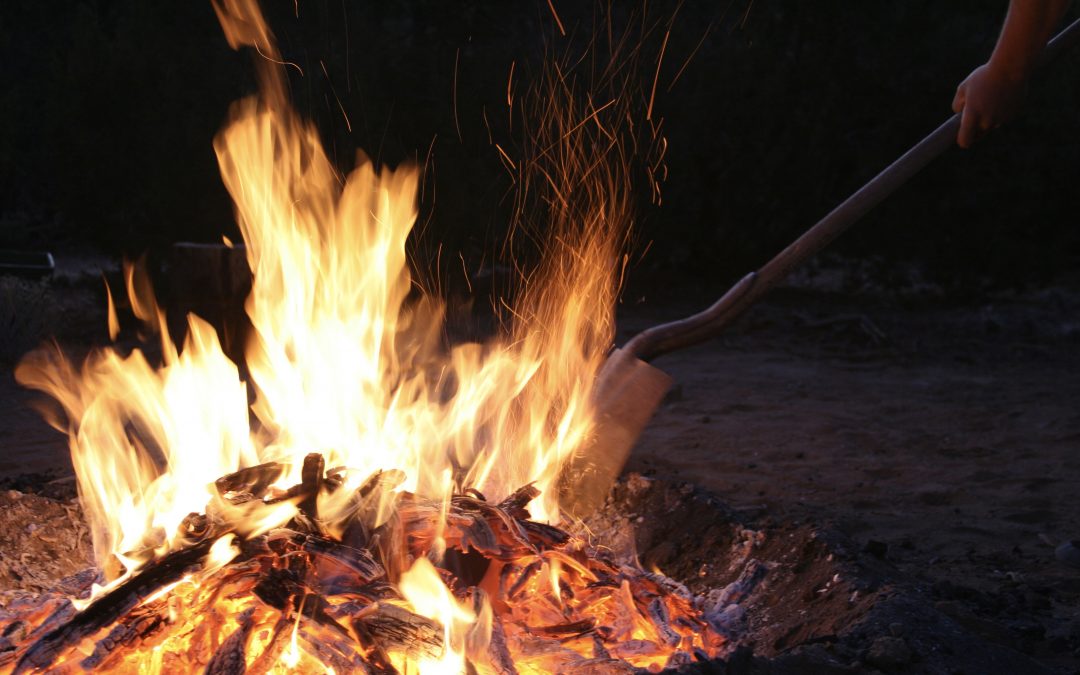
The Clay Always Has Something to Say: 2021 Native Artist Fellow Brandon Adriano Ortiz-Concha
When Ortiz-Concha talks about his relationship with clay, he conveys a clear sense of reverence and respect. He sees the act of gathering clay and forming vessels as a moment of intervention in millions of years of geological processes, something not to be taken lightly.
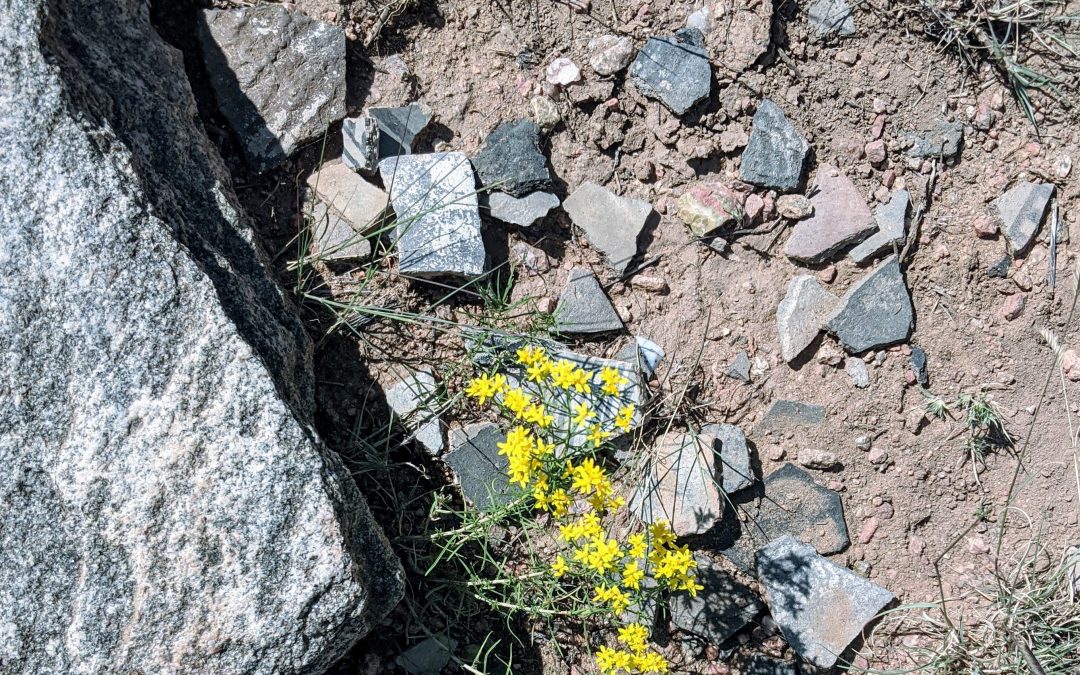
SAR Field Trips: A Wonderful Combination
New to membership in 2021 and seeking opportunities to better understand the Native American history and culture of this New Mexican land we now call home, we joined two fall SAR field trips: The Archaeology of Arroyo Hondo and Tewa Pathways from Tsankawi to Pojoaque.
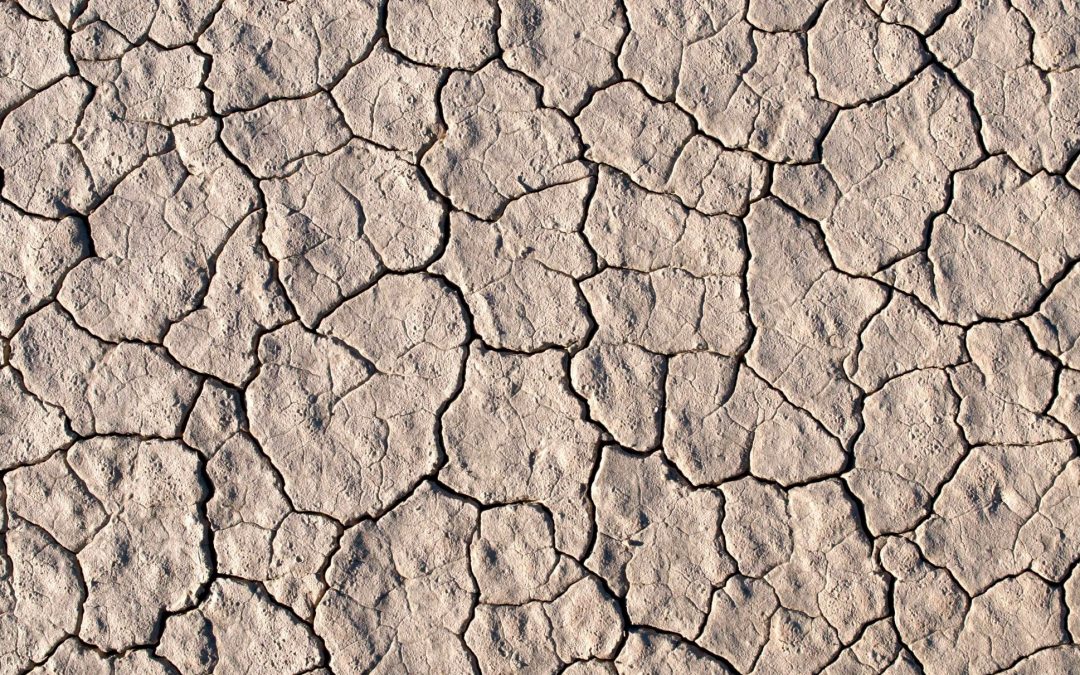
Learning from Desert Dwellers: Patty Limerick and C. J. Alvarez on Life in a Desert Nation
Drought is now a way of life. As a result, argue Patty Limerick and C. J. Alvarez in their recent Washington Post article, people throughout the United States need to start listening to desert dwellers, “the Indigenous people and others who settled in deserts for generations and who view aridity, not moisture, as ‘normal.’”
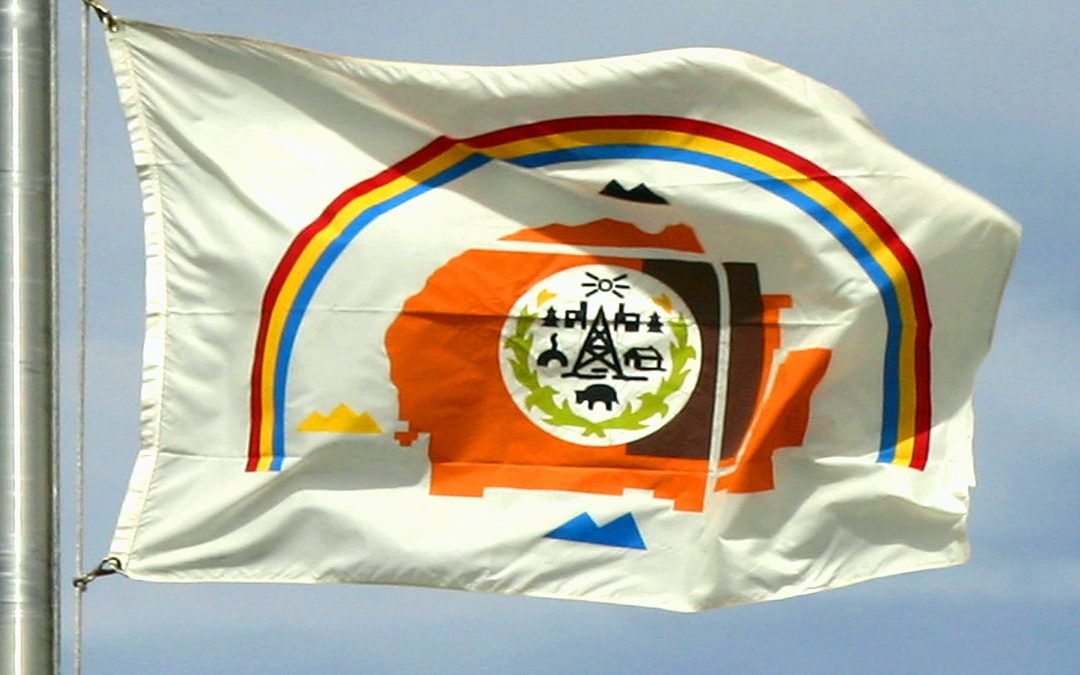
IARC Collections Highlight: Diné History and Adaptation
The Diné are resilient people and know how to adapt to hardship. Before Euro-American contact, the Diné wore deerskin clothing. As Spanish, Mexican, and American settlers came to Navajo land and introduced new materials, Diné art and culture evolved.

SAR Scholar Alumni in the National Press
Our scholars use their fellowship year to hone writing skills while finishing their diverse research projects. It is no surprise, then, that after leaving SAR many of our alumni manage to publish books and articles that move past the boundaries of academic writing to catch the attention of a national readership.
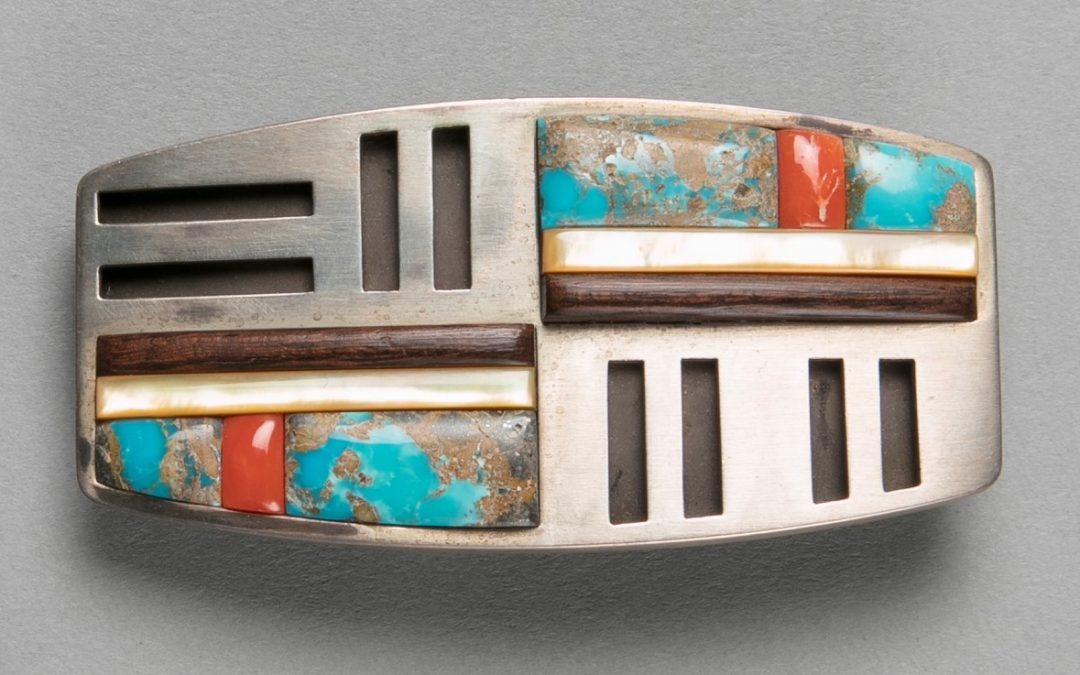
Bolo Tie Highlights: An IARC Collection Reflection
Over the course of her Anne Ray internship, Emily Santhanam dove deep into the collections, approaching the objects through registration, collections management, education, and curation work. Each project taught her to navigate Native American arts stewardship in a new way. Yet what she most enjoyed was creating an online exhibition about the bolo ties cared for by the IARC.
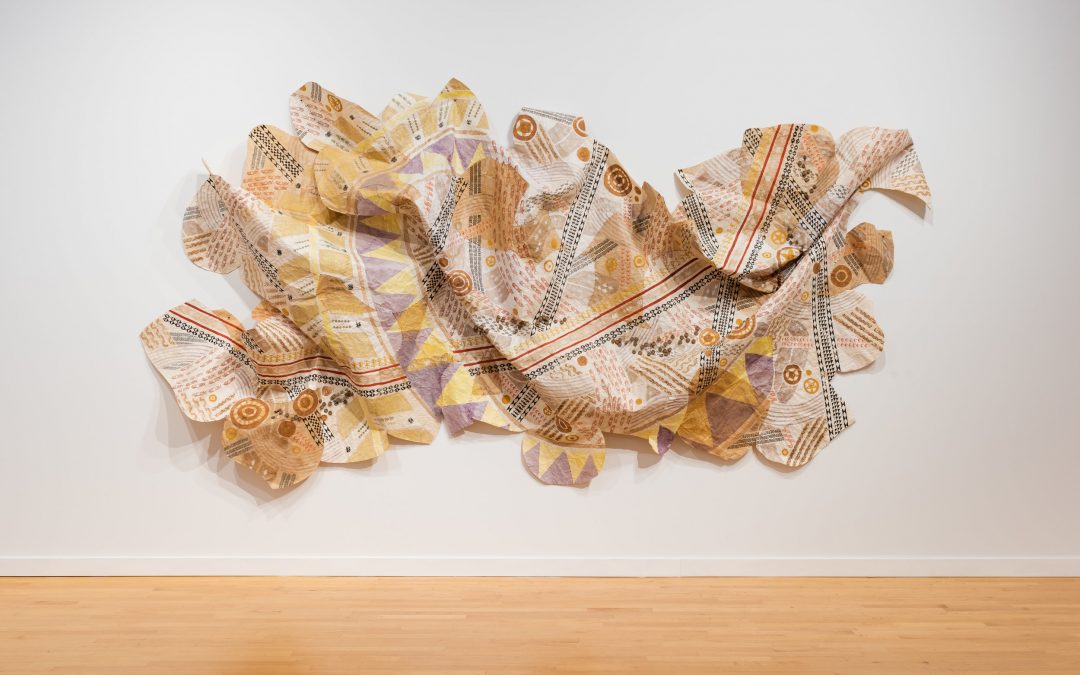
Kapa-Making as a Way of Being: A Conversation with Lehuauakea
SAR’s 2021 Ronald and Susan Dubin Native artist fellow, Lehuauakea is a Kanaka Maoli (Native Hawaiian) interdisciplinary artist. Originally from Pāpa’ikou on Moku O Keawe, Hawai’i, Lehuauakea creates traditional kapa (wauke bark cloth), which is painted or hand-stamped with patterns made from natural earth pigments and plant dyes.
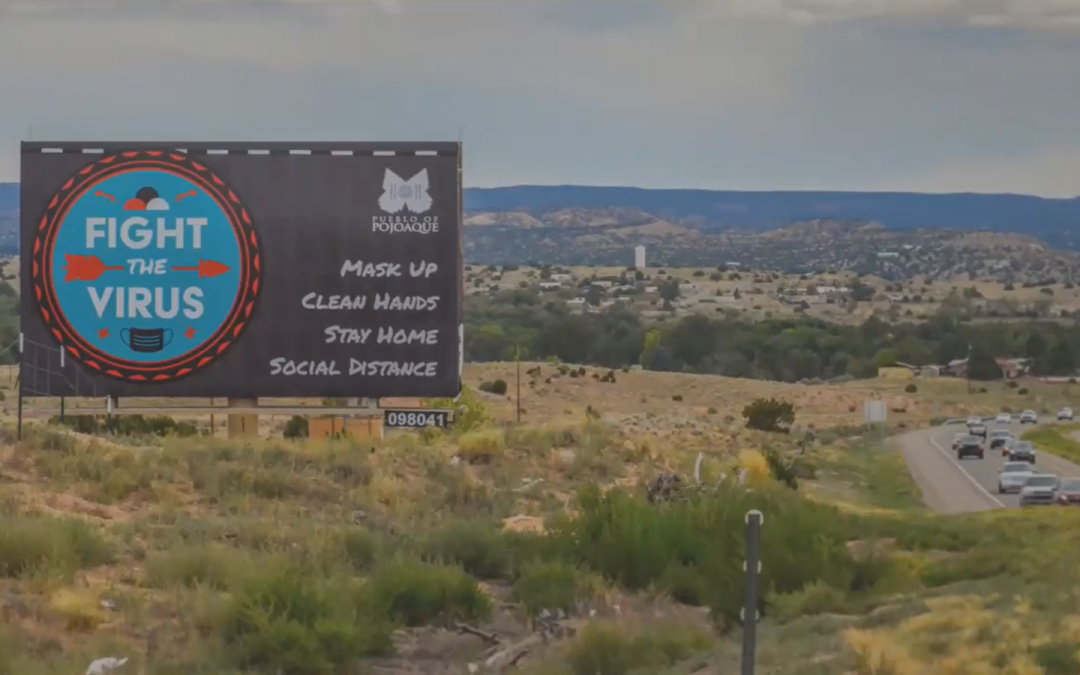
Locating Our Hope: Resilience and Compassion in the Indigenous Southwest
It’s easy to identify heartbreak in the past year and a half. The COVID-19 pandemic has challenged our world, upending the lives of individuals, families, and entire nations. Locating hope amid loss—creativity in chaos—takes a special form of attention.